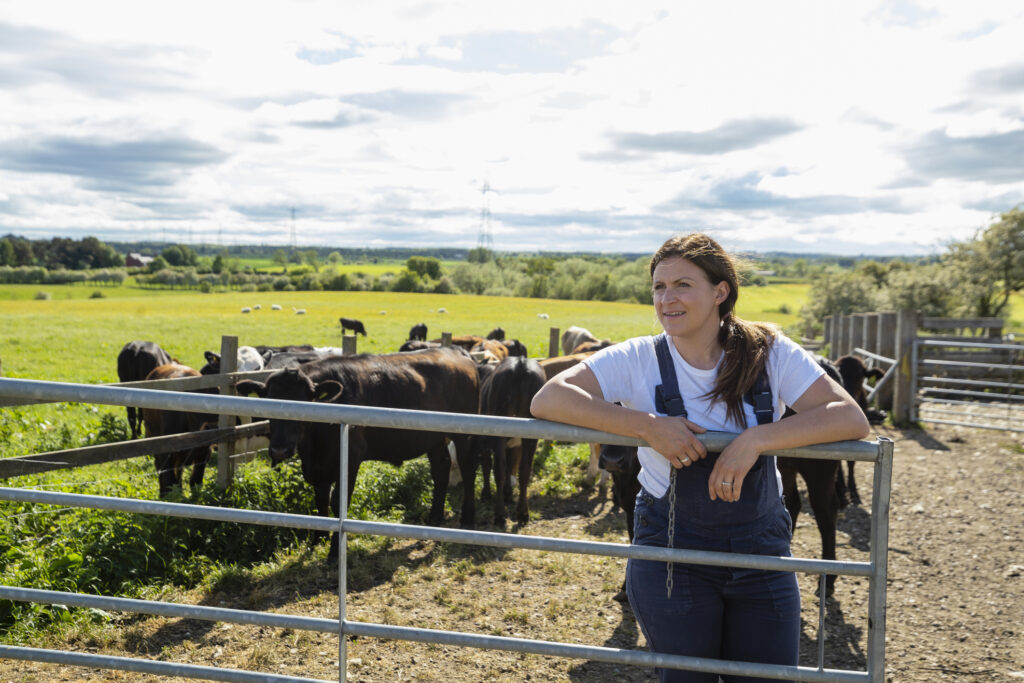Can private money go wild?
Rewilding Britain’s ‘Rewilding Finance’ report published today marks a major milestone in…
Learn what we're working towards, together
Supporting organisations, networks and initiatives
Get to know our team & board of trustees
For our latest insight article to publicise our Nature Finance survey, Susan Twining, the Chief Land Use Policy Advisor at the Country, Land and Business Association, offers us an insight into the questions being asked by that all-important group – land managers.
The development of environmental markets to address the challenges of climate change and nature restoration is an exciting opportunity for farming businesses and landowners, but will the hype work in practice?
“Nature-based solutions are central to meeting these targets and private sector funding will be essential.”
The UK nations have different politics and policies, but share ambitious (and legal) targets for net zero and biodiversity. Nature-based solutions are central to meeting these targets and private sector funding will be essential. These developments come at a time when agricultural policy is shifting from the old EU style funding towards payments for public goods (albeit with difference across the four nations) and rising costs of farm production. So it is no surprise that many farming businesses and landowners are looking at nature finance as a prime opportunity to diversify income streams and build resilience. But it is no gold rush.
This is not about reluctance to deliver for the environment. Environmental projects are not new for most farmers and land managers. Government agri-environment schemes have been around for almost 30 years and their popularity has soared in recent years, alongside increasing interest and adoption of regenerative farming practices. In England, agri-environment scheme agreements have almost doubled in the last 2 years with over one third of agricultural land covered.
“The big step for private sector nature-based funding is the requirement for long term land use change and often at large scale, both of which add new dimensions to decision making and need serious consideration”
Environmental land management options are a key consideration of business planning for the future. The government funded schemes are likely to be a primary choice for many as a low risk and familiar option with relatively short agreements and suitable for individual businesses. The big step for private sector nature-based funding is the requirement for long term land use change and often at large scale, both of which add new dimensions to decision making and need serious consideration.

Pioneer landowners are forging ahead with bespoke projects on their own holding with funding from a range of sources including government funding, voluntary carbon markets, biodiversity net gain, charities and corporate sponsors. There are signs that private sector funding for nature-based projects is moving from perpetual piloting into the mainstream, but there are still hurdles for farm businesses and landowners to have full confidence.
So what is stopping farming businesses and landowners bringing forward land for environmental projects?
For many, it is simply that projects do not fit within the farm business objectives, land tenure obligations, or that the economics do not stack up on their land. There are also site limitations, for example biodiversity net gain land needs to be near to the development and usually needs to be low quality ground to provide the uplift; similarly, nutrient neutrality needs to be within the catchment. But there are other market design and governance barriers that are currently cause for pause:
“Farm businesses and landowners are in the best position to make decisions about their land, but often do not have all the resources to identify the environmental opportunities. Decisions could be supported by improved data, an understanding of local environmental priorities, and access to information on funding opportunities.”
Government action is needed to resolve some these issues such as removing the tax barriers to environmental land management, providing clarity on measurement standards for natural capital (as in the Biodiversity Metric) and on future regulatory requirements. A step change could come from investment in a programme to support farm businesses and landowners to undertake a natural capital baseline assessment and training.
Other issues are for the industry to resolve, with government leadership. There is already innovation in contract terms to overcome some of the risks and liabilities for example, and new data measurement and verification techniques are being tested.
Farm businesses and landowners are in the best position to make decisions about their land, but often do not have all the resources to identify the environmental opportunities. Decisions could be supported by improved data, an understanding of local environmental priorities, and access to information on funding opportunities. This is happening from the ground up through farmers clusters and more formal arrangements that act as a hub for matching buyers, projects and land. Collaborative projects are an opportunity for smaller farm businesses and landowners to get access to the markets. The Defra Landscape Recovery Scheme pilot is hugely important in ironing out the key barriers to large scale collaborative, multifunctional projects.
Building market understanding is key. There is a lot to learn for all parties in emerging markets. Hubs such as the Ecosystem Knowledge Network are great examples of independent and impartial information that is easy to understand.
The CLA support members through events, guidance notes and advice. Visit www.cla.org.uk for details.

Are you involved in restoring land, water and nature in the UK?
Are you working to attract new forms of revenue and private finance?
With funding support from the Esmée Fairbairn Foundation, the Ecosystems Knowledge Network is launching an annual review of projects in the UK that are seeking revenue or investment finance from private sources. The aim is to help projects – and those wishing to support them – to understand the opportunities and challenges associated with generating revenue and utilising innovative finance for environmental restoration.
Take part in our surveyCreate an account today to favourite content, recieve updates and join groups.
Already have an account? Sign in here